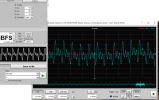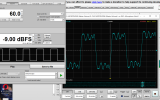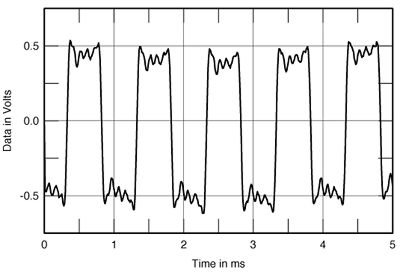I've been developing a new speaker design which I am preparing for the next few audio shows on the west coast. Fourier Transform Speakers can not only produce 60hz square waves with large cone drivers but also complex multi-waveform signals at virtually undetectable distortion levels. They match the distortion levels of the very best planar or electrostatic headphones available, matching their sound characteristics perfectly. And they will not cost a fortune. I'm posting as I am thinking of producing a product that is designed to be coupled with any good bookshelf speaker. Why dump them when they are quite possibly just fine above 1k hz. After all, even $700,000 speakers often only have a single midrange and tweeter. (Magic M-9). My thousands of hours experimenting has made it clear that the first 1K hz is by far the most important in determining the quality of a speaker. That is why the finest speakers are so expensive. That first 1khz is so challenging since that not only is where the energy is that makes cabinets and drivers so expensive, but also those frequencies that make the biggest difference in speakers by a very wide margin. The 20hz to 1K hz modules allows the bookself speaker to sing like never before when they are relieved of producing the bottom 1Kz.
Sound interesting for you with great Bookself speakers?
Check out the my speakers output compared to input signal shown on left. REW.
By the way, I'm a no nonsense designer that believes in blind testing and science. We need more common sense and science in this hobby.
Fourier Transform Speakers.
Sound interesting for you with great Bookself speakers?
Check out the my speakers output compared to input signal shown on left. REW.
By the way, I'm a no nonsense designer that believes in blind testing and science. We need more common sense and science in this hobby.
Fourier Transform Speakers.
Attachments
Last edited:



